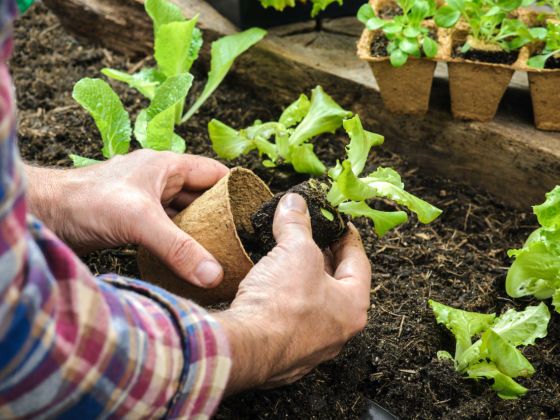This is The Climate Win, the most positive sustainability news around the world every week.
Welcome to the seventh installment of The Climate Win. This week we look at the domino effect of solar panels, the massive uptick in home gardening, and answer (for many of you) a burning question — what is the easiest way for renters and homeowners to power their home with renewable energy? Apparently, many have seeds and chickens to attend to, so let’s dive right in.
